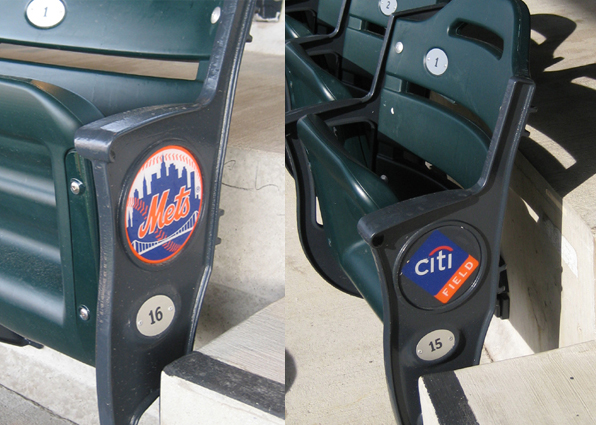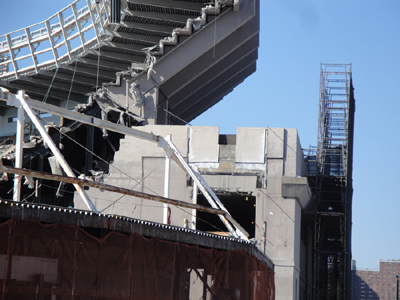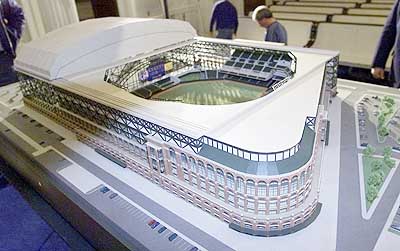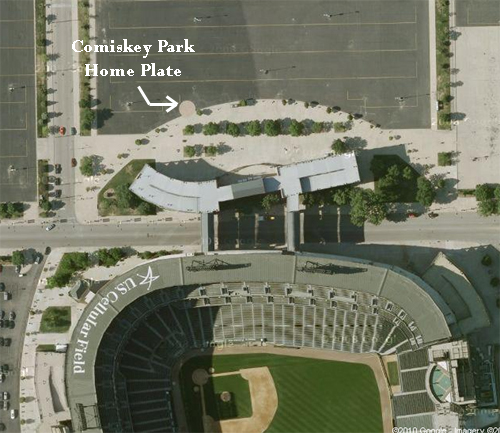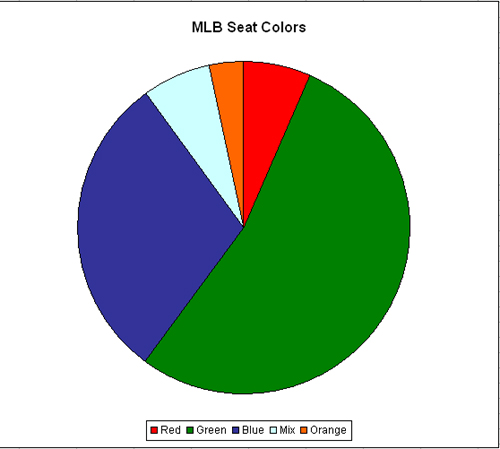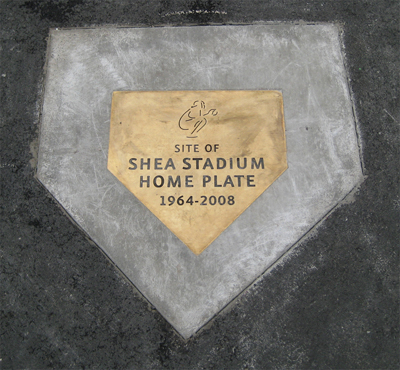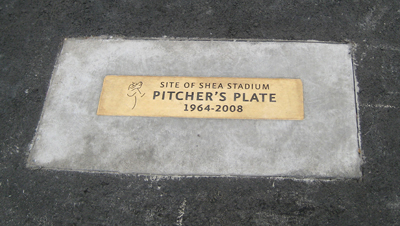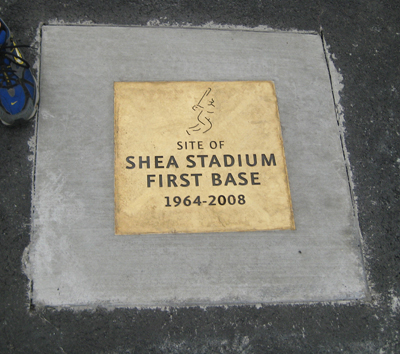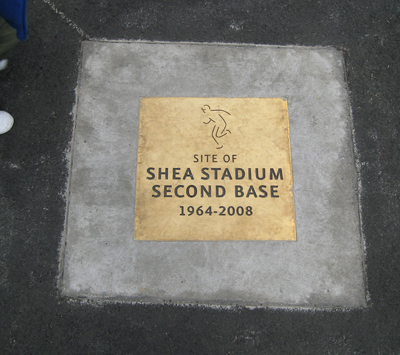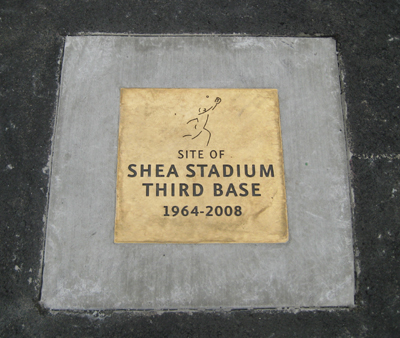
Anaheim Stadium opened in 1966 as the home of the Angels. Its original plaque actually lacks a few items normally on building dedication plaques. First, there is no opening date. Second, the official name of the ballpark is not on the plaque. One interesting part of it is at the very bottom. The general contractor company is listed as Del E. Webb Corporation. Webb, who made his fortune in construction, was the owner of the New York Yankees from 1945 to 1964.

In 1998, renovations were made to re-make Anaheim Stadium into a baseball-only facility. With that, the new owners erected a new dedication plaque. Along with the renovation came a new name: Edison International Field. The Edison Field name only lasted through the 2003 season when the naming rights deal was not renewed. At that point it was renamed Angel Stadium of Anaheim.

The two plaques are located on the left and right of the main home plate entrance to Angel Stadium. By 2006, when I visited Angel Stadium, there was no third plaque for the current name.
Check out these images and many more of Angel Stadium at StadiumPage.com.


